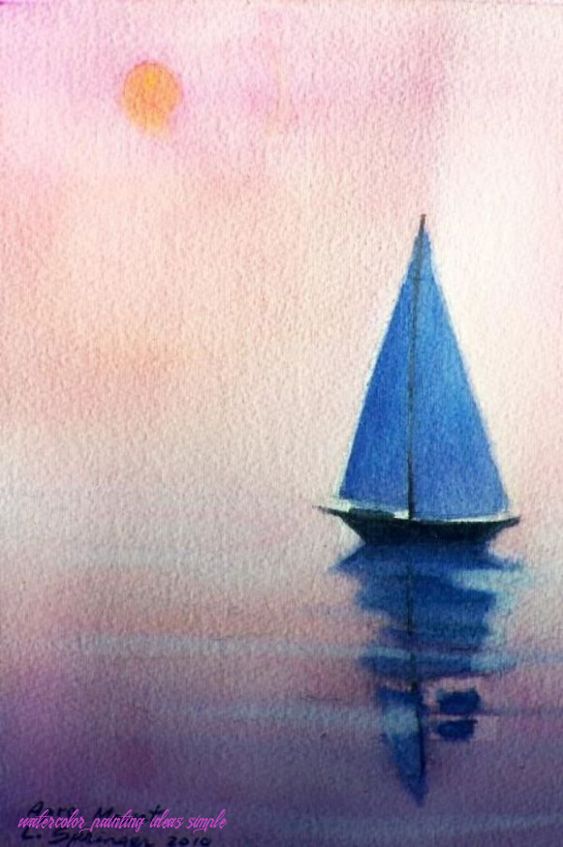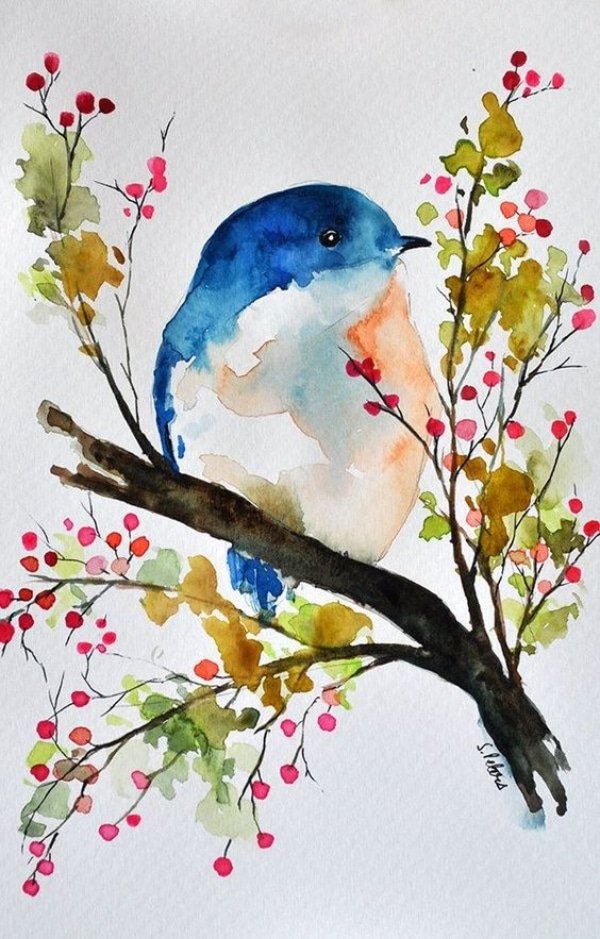Aquarellbilder: Unlocking Creativity with Watercolors!

Willkommen, junge Künstler! Are you ready to dive into the magical world of watercolors? Aquarellbilder are not just pictures, they are windows into your imagination, waiting to be filled with color and life!
What are Aquarellbilder?
Aquarellbilder are simply pictures made with watercolors. They can be anything you can imagine: animals, landscapes, people, or even abstract designs! The beauty of watercolors is that they are transparent, so you can layer colors and create beautiful effects.
Why should you learn to draw with watercolors?
Drawing with watercolors is a wonderful way to express yourself creatively. It’s also a great way to relax and de-stress. Plus, it’s a fun and engaging way to learn about colors and how they mix together.

Let’s get started!
Materials you will need:
- Watercolor paints: You can start with a basic set of 12 colors.
- Watercolor paper: This paper is thicker than regular paper and can handle the wetness of watercolor paints.
- Brushes: You will need a variety of brush sizes for different tasks.
- Water container: A jar or cup to hold water for rinsing your brushes.
- Pencil: For sketching your drawing before you start painting.
- Eraser: For erasing any mistakes.


Step 1: Sketching
- Choose your subject: What do you want to draw? It can be anything you like!
- Use a light pencil: Lightly sketch your subject onto the watercolor paper. Don’t worry about making it perfect, just get the basic shape down.
- Think about composition: Where will you place your subject on the paper? Think about the balance and flow of your drawing.

Step 2: Mixing Colors
- Experiment with colors: Try mixing different colors together to create new shades and hues.
- Use a palette: A palette is a surface where you can mix your colors. You can use a piece of white paper or a plastic palette.
- Add water: The amount of water you add to your paint will determine how light or dark the color is.

Step 3: Painting
- Start with light colors: It’s easier to add darker colors over lighter ones.
- Use thin layers: Don’t try to cover the entire drawing in one go. Build up the color in thin layers.
- Let the paint dry: Let each layer dry completely before adding another.
- Use different brush strokes: Experiment with different brush strokes to create different textures and effects.
Step 4: Adding Details
- Use a fine brush: For adding details like eyes, noses, and mouths.
- Use a darker color: To create shadows and depth.
- Don’t be afraid to experiment: There are no rules in art! Have fun and try different things.
Tips for Success:
- Practice makes perfect: The more you practice, the better you will become at drawing with watercolors.
- Don’t be afraid to make mistakes: Mistakes are part of the learning process. Just keep practicing and you will eventually get it right.
- Have fun! Drawing with watercolors should be enjoyable. If you’re not having fun, you’re not doing it right!
Frequently Asked Questions:
1. What if I don’t have watercolor paper?
You can use regular paper, but it may not be as durable. You can also try using cardstock or drawing paper.
2. What if I don’t have a palette?
You can use a piece of white paper or a plastic plate as a palette.
3. What if I make a mistake?
Don’t worry! You can use a wet brush to lift some of the paint off the paper. You can also try using a white gouache paint to cover up mistakes.
4. How do I get started?
Just pick up a brush and start painting! There are no rules in art, so just have fun and experiment.
5. What are some good subjects to draw?
Anything you like! You can draw animals, landscapes, people, or even abstract designs. Just let your imagination run wild!
Aquarellbilder are a wonderful way to express yourself creatively. So grab your brushes and let’s get started!

